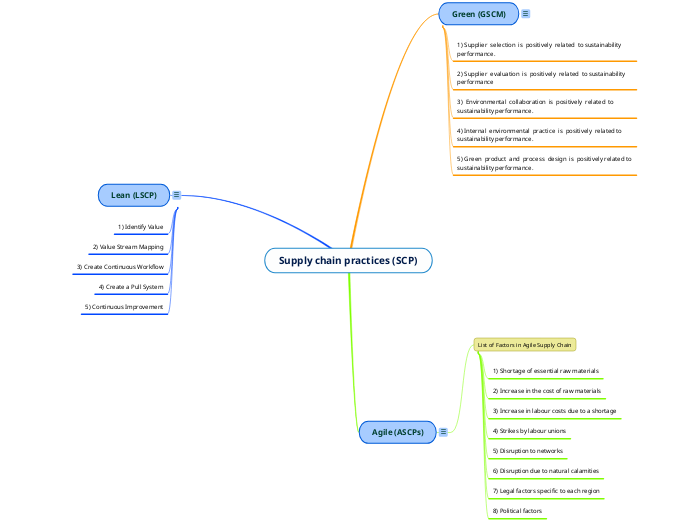по Денис Садовский 3 лет назад
311
Supply chain practices (SCP)

по Денис Садовский 3 лет назад
311

Больше похоже на это
Lean strategies focuses on producing more with less input. Thus, it seeks to eliminate waste throughout the entire manufacturing process.
Main Ideas:
Agile is a method that has been used to develop and create new software. The approach undertaken for agile is an iterative approach. This means whenever new developments or any form of requirements are discovered or needed, they are added to the software. The agile supply chain is a very basic term for understanding and comprehending the flow of goods and services. These can be various types of goods and services. It takes into consideration the motion of products and services as to how they will be stored if storage is a necessity and need. Any work in progress items that need to be taken into consideration and lastly delivery of these goods and services to its ultimate user, the customer.
Agile supply chain focuses on key points like
Green supply chain management (GSCM) is evolved from supply chain management (SCM). The concept of SCM was introduced and popularized in the 1950s when manufacturers minimized the production costs through mass production. As competition intensified in the 1990s, the increased awareness of green practices has triggered firms to act in an ethically and socially responsible manner in their supply chains.
Therefore, the five hypotheses are proposed as follows: